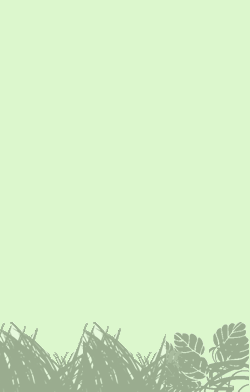Drosera capensis, commonly known as the Cape sundew, is a small rosette-forming carnivorous species ofperennial[1] sundew native to the Cape in South Africa. Because of its size, easy to grow nature, and the copious amounts of seed it produces, it has become one of the most common sundews in cultivation.D. capensis produces strap-like leaves, up to 3.5 cm long (not including the petiole) and 0.5 cm wide,[2] which, as in all sundews, are covered in brightly coloured tentacles which secrete a sticky mucilage that trapsarthropods. When insects are first trapped, the leaves roll lengthwise by thigmotropism toward the center. This aids digestion by bringing more digestive glands in contact with the prey. This movement is surprisingly fast, with completion in thirty minutes. The plant has a tendency to retain the dead leaves of previous seasons, and the main stem of the plant can become quite long and woody with time.
(From Wikipedia, June 2015)





